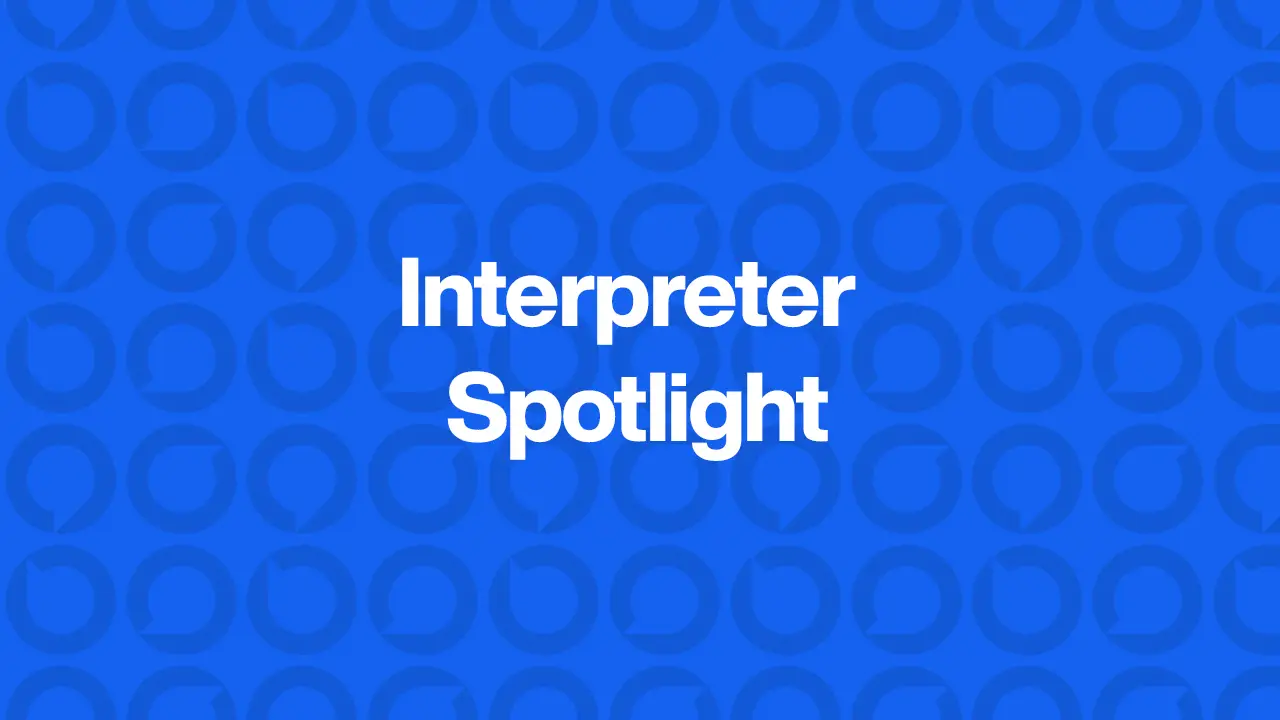The rich tapestry of Native American languages and cultures is intricately woven, with over 250 distinct languages that once echoed across the United States. Before the arrival of Europeans, these languages flourished, showcasing an astounding diversity that is hard to fathom in today’s predominantly English-speaking society. Imagine, if you will, individuals from three areas merely a hundred miles apart, utterly unable to communicate through speech due to the vast linguistic differences. This blog aims to uncover the stories of five linguists who dedicated their lives to studying, preserving, and reviving these languages, ensuring that the voices of the past continue to resonate in the present and future.
Native American Heritage Month 2023
Did you know? November is Native American Heritage Month. Established in 1990, it celebrates the history, cultures, and contributions of Native Americans throughout the United States. While this recognition is long overdue, it also highlights the fact that many indigenous languages—and cultures—are endangered. That’s why this year, we’re shining a spotlight on five Native American linguists who have worked to preserve their language and culture.
5 Native American Linguists
Sequoyah (c. 1770 – 1843)
A Cherokee polymath, Sequoyah was born in Tuskegee, Cherokee Nation near present-day Knoxville, Tennessee. He is best known for his creation of the Cherokee syllabary, which made it possible to read and write in the language. His achievement allowed the Cherokee Nation to become one of the first North American indigenous groups to have a Native American written language. It also inspired members of other pre-literate groups throughout the world to develop their own writing systems.
Parker McKenzie (1897 – 1999)
Born in Mountainview, Oklahoma, Parker McKenzie belonged to the Kiowa Tribe and was a Native American language translator. He served as a Kiowa translator for anthropologist John Peabody Harrington, and the two worked to develop the Kiowa orthography that’s still used today. He also contributed to three books on the language including A Grammar of Kiowa by anthropologist Laurel J. Watkins.
Emory Sekaquaptewa (1928 – 2007)
Known as “The First Hopi”, Emory Sekaquaptewa was a Hopi leader, scholar, and linguist. He was born on the Hopi Reservation of Northern Arizona and gained recognition for creating the first Hopi dictionary. His work on the dictionary, featuring 30,000 words, played a pivotal role in reviving the language. He also served as a Professor of Anthropology at the University of Arizona from 1972 to 2007.
Linda Yamane (1949 –)
Born in San Jose, California, Linda Yamane is a Rumsien Ohlone artist, historian, and language preservationist. She almost single-handedly revived the Rumsien language, making a remarkable impact after the death of the last speaker in 1939. In the mid-1980s, she began researching the Native American language and translated Rumsien documents into English. Using a cassette tape of wax cylinder recordings, she was able to better understand pronunciation and further develop a dictionary.
Jesse Little Doe Baird (1963 –)
Born in Wareham, Massachusetts, Jesse Little Doe Baird is a Wampanoag linguist and indigenous language preservationist. She helped revive the Wampanoag language, making a significant contribution to the language’s body of knowledge. While studying with linguist Kenneth L. Hale, the two collaborated on the creation of a Wampanoag language database. She and her work are the subject of the PBS documentary We Still Live Here.
Want to learn more about Native American sign language or some of the more common indigenous languages in the Americas? Check out our resources below!
Additional resources:
9 Indigenous Languages of the U.S. Canada, Mexico & Guatemala – Boostlingo

